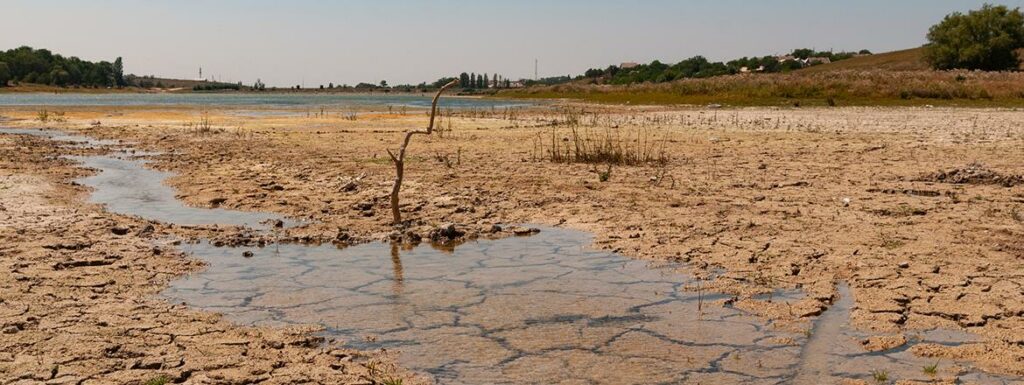We previously brought you some of the IPCC’s latest on run-off and flooding, and we continue with their discussion of streamflow and river discharge trends from Section 2.3.1.3.6. These are the trends that underpin all the, you know, floods due to swollen rivers due to climate change. And here is how the section begins. “AR5 concluded that there was low confidence in a positive trend in global river discharge during the 20th century. It noted that many of the largest rivers with long term streamflow records have been impacted by non-climatic human influences such as dam construction or land-use change.” To read the rest, click the link below.
River discharge is monitored widely, although gaps remain at a subcontinental scale over central Asia and Africa (--). Substantial recent efforts have been made to generate new global streamflow datasets, consolidating observations from many stream gauges to create streamflow indices (---) and gridded products using neural networks (--) or combinations between observations and reanalyses (---). Human intervention on river discharge linked to increases in evapotranspiration and some reduction of intra annual streamflow variability (---) might affect the detection of trends in extreme daily streamflow events (---). However, these activities have a minor impact on annual streamflow compared to climate variations (---). Available global studies post-1950 generally concur that there have been more rivers experiencing decreases than increases in runoff (---). Most of the rivers have not experienced statistically significant changes in streamflow, and when globally aggregated there is no significant change (--). Global streamflow variability is strongly modulated by [El Niño] and [Pacific Decadal Variability], with below-normal global streamflow as a response to El Niño events and vice-versa during La Niña episodes (---). The response of streamflow to changes in precipitation associated with [El Niño] and [Pacific Decadal Variability] has heterogeneous regional patterns at subcontinental scales (Section 8.3.2.9.1). No significant trends are found for reanalysis based discharge estimates over 1993 to 2015 (--). Uncertainties in global streamflow trends arise predominantly from changes in instrumentation, gauge restoration, recalibration of rating curves, flow regulation or channel engineering (---).
In summary, the sign of global streamflow trends remains uncertain, with slightly more globally gauged rivers experiencing significantly decreasing flows than significantly increasing flows since the 1950s (low confidence).



Damming rivers to manage seasonal flooding while accumulating water resources to manage seasonal drought, simultaneously reducing water flow into the oceans to help prevent sea level rise. Sounds like adaptation. Nobody wants to hear about that.